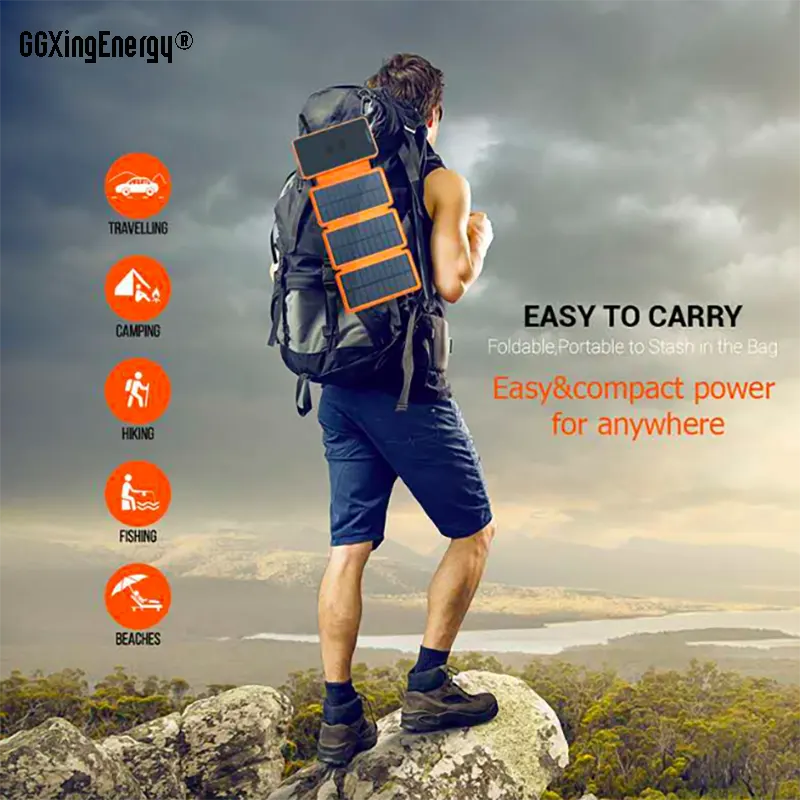
Do solar chargers need direct sunlight?
Solar chargers have become a popular choice for keeping our devices juiced on the go, but one question lingers: do solar chargers need direct sunlight to function? The answer, like sunshine itself, is a bit more nuanced.
While solar chargers undoubtedly work best basking in direct sunlight, they can still harness some power even on cloudy days. Here's why:
Photons are Key: The magic behind solar chargers lies in tiny packets of energy called photons. Sunlight is brimming with these photons, and when they strike a solar charger's photovoltaic (PV) cells, they knock electrons loose, creating an electric current.
Direct Sunlight for Peak Performance: Direct sunlight delivers the most concentrated stream of photons, allowing solar chargers to operate at their peak efficiency and generate the most power.
Indirect Light Still Packs a Punch: Even on cloudy days, some sunlight manages to penetrate the cloud cover. This indirect sunlight, while less potent than direct rays, still carries photons that solar chargers can capture.
The amount of power a solar charger gathers under indirect light will be significantly lower compared to direct sunlight. However, it can still provide a trickle charge, enough to maintain a device's battery level or even slowly top it up depending on the charger's capacity and the intensity of the indirect light.
Here are some additional factors to consider:
Solar Charger Type: Larger and more powerful solar chargers will naturally generate more electricity from indirect light compared to their compact counterparts.
Device's Power Consumption: A low-power device like a fitness tracker will require less energy to maintain its charge compared to a power-hungry smartphone.
Maximizing Your Solar Charger's Potential:
While solar chargers can work under indirect light, here are some tips to get the most out of them:
Position the charger strategically: Whenever possible, angle your solar charger towards the sun, even if it's peeking through the clouds. This will maximize the number of photons hitting the PV cells.
Consider a larger solar charger: If you anticipate relying on your solar charger in less-than-ideal lighting conditions, opting for a larger charger with a higher capacity will provide a more consistent charging experience.
Manage your device usage: Be mindful of your device's power consumption while using a solar charger on cloudy days. Reduce screen brightness or turn off background apps to help the charger maintain your battery level.
By understanding how solar chargers work and the role of sunlight, you can effectively utilize this clean energy source to keep your devices powered on your next adventure.





